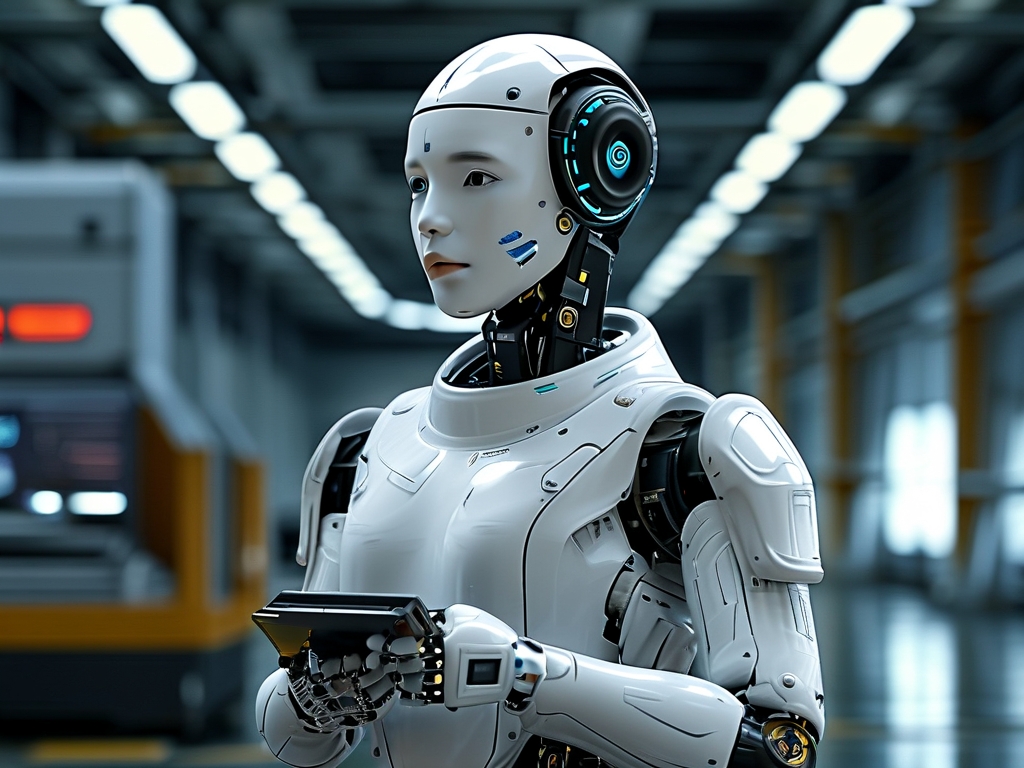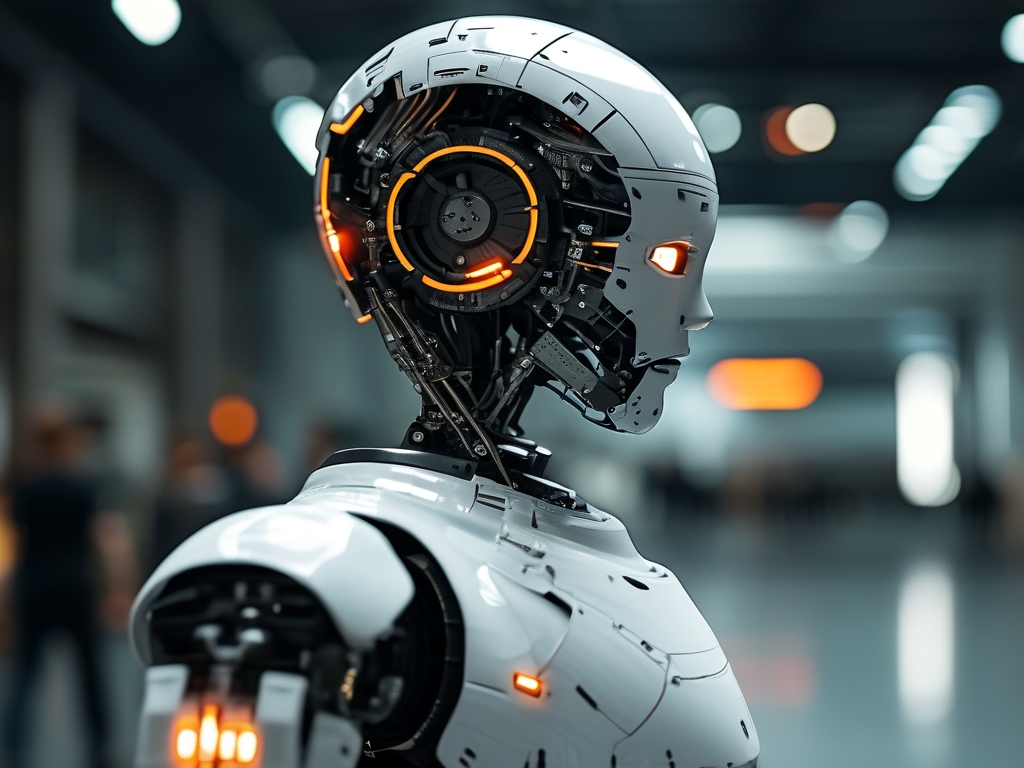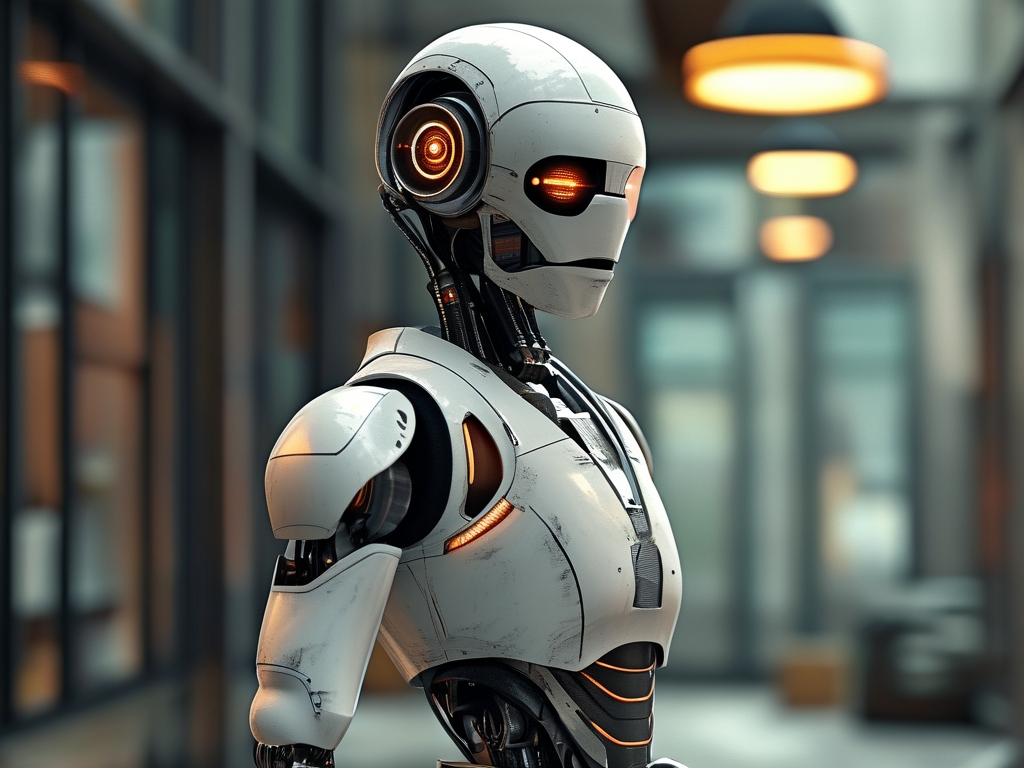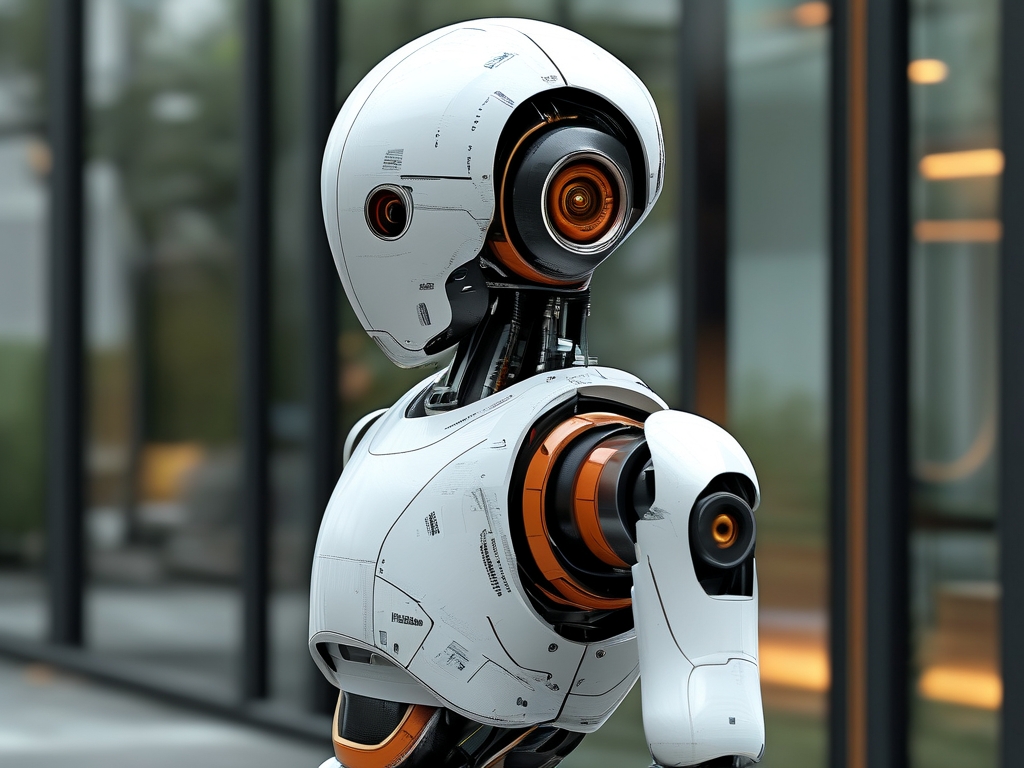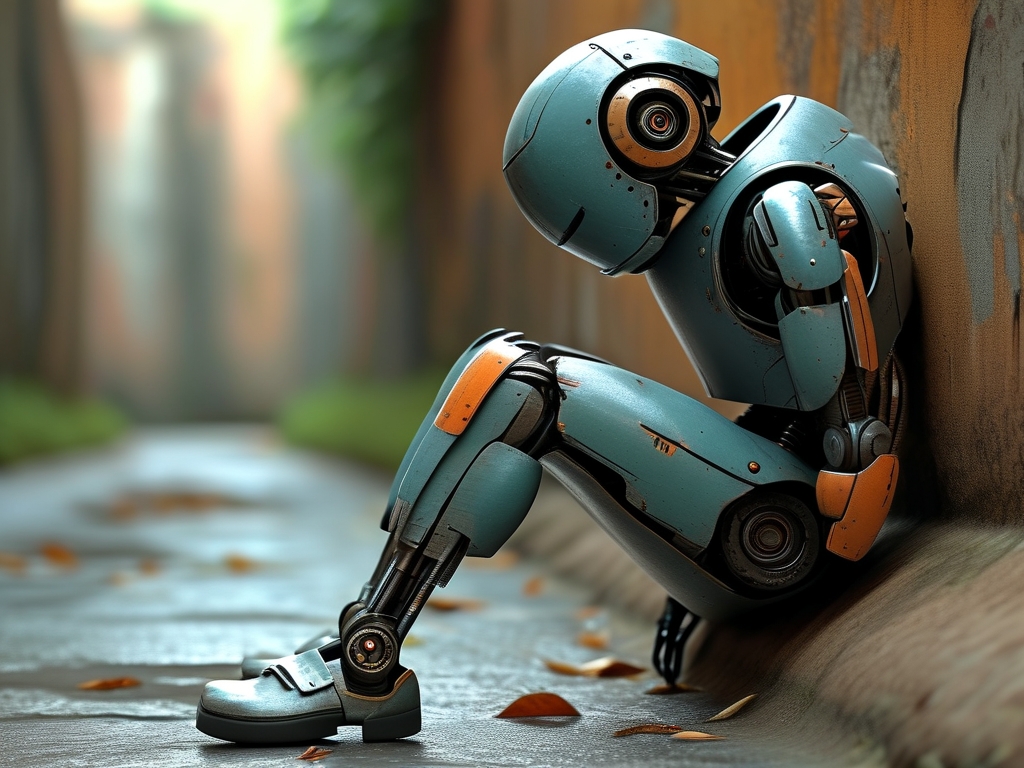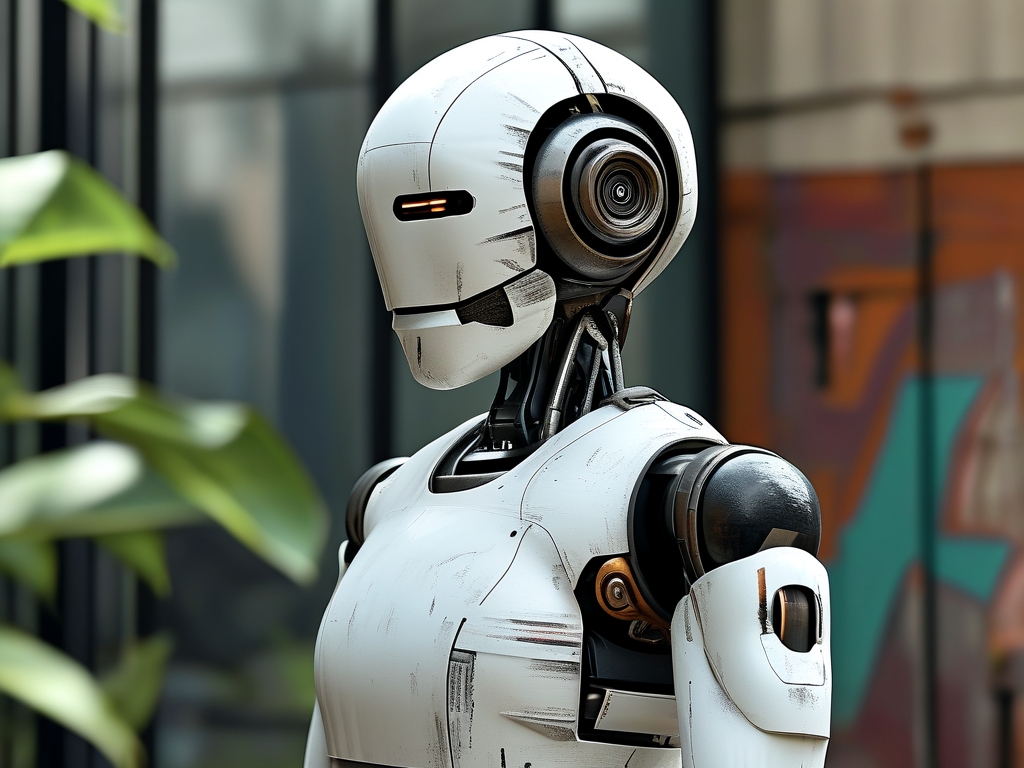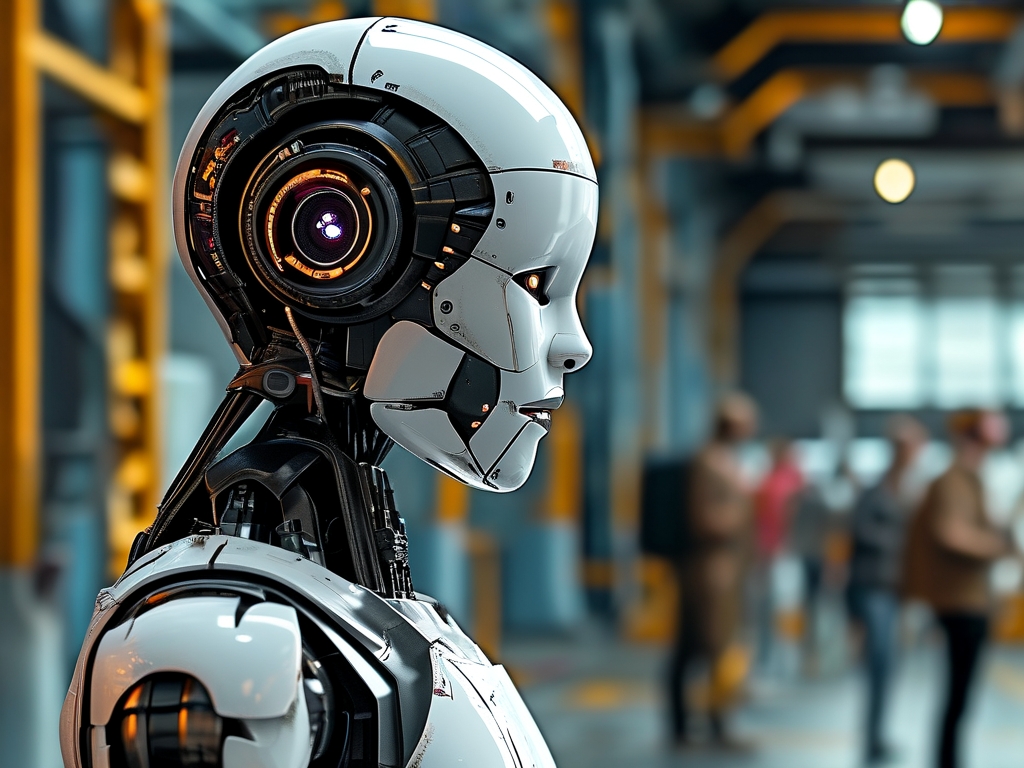The development of humanoid robots represents one of the most ambitious frontiers in robotics and artificial intelligence. While these machines hold immense potential to revolutionize industries like healthcare, manufacturing, and customer service, their creation involves overcoming significant technical hurdles. This article explores the key challenges in designing humanoid robots, focusing on mobility, perception, energy efficiency, and human-robot interaction.
1. Bipedal Mobility and Dynamic Balance
Humanoid robots must replicate the complex biomechanics of human movement. Achieving stable bipedal locomotion—walking, running, or climbing stairs—requires solving problems related to balance, weight distribution, and adaptability to uneven terrain. Unlike wheeled robots, bipedal systems face constant instability due to their narrow base of support. Engineers use advanced sensors (e.g., inertial measurement units) and algorithms like model predictive control (MPC) to maintain equilibrium. However, sudden external forces, such as a push or slip, still pose risks. For example, Boston Dynamics’ Atlas robot demonstrates impressive agility but relies on preprogrammed motions and controlled environments. Real-world deployment demands real-time adaptability to unpredictable conditions, a challenge yet to be fully resolved.
2. Sensor Integration and Environmental Perception
Humanoid robots must perceive and interpret their surroundings with human-like accuracy. This involves integrating multimodal sensors—cameras, LiDAR, microphones, and tactile sensors—to replicate vision, hearing, and touch. Computer vision systems must recognize objects, faces, and gestures while operating in varying lighting conditions. Simultaneous localization and mapping (SLAM) algorithms help robots navigate, but dynamic environments (e.g., crowded spaces) complicate data processing. Additionally, tactile feedback for tasks like grasping fragile objects remains underdeveloped. Current systems often lack the granularity of human touch, leading to errors in delicate operations like surgical assistance or handling electronics.
3. Energy Efficiency and Power Management
Humanoid robots consume substantial energy due to their high degrees of freedom (DOF) and computational needs. Actuators mimicking human muscles—such as hydraulic or electric motors—are power-intensive. For instance, Honda’s ASIMO could operate for only 40 minutes on a single charge. Advances in battery technology (e.g., solid-state batteries) and energy-efficient actuators (e.g., series elastic actuators) are critical. Moreover, optimizing energy use through “passive dynamics”—leveraging natural body movements like pendulum swings—could reduce consumption. However, balancing performance with energy constraints remains a major obstacle for untethered, long-duration operation.
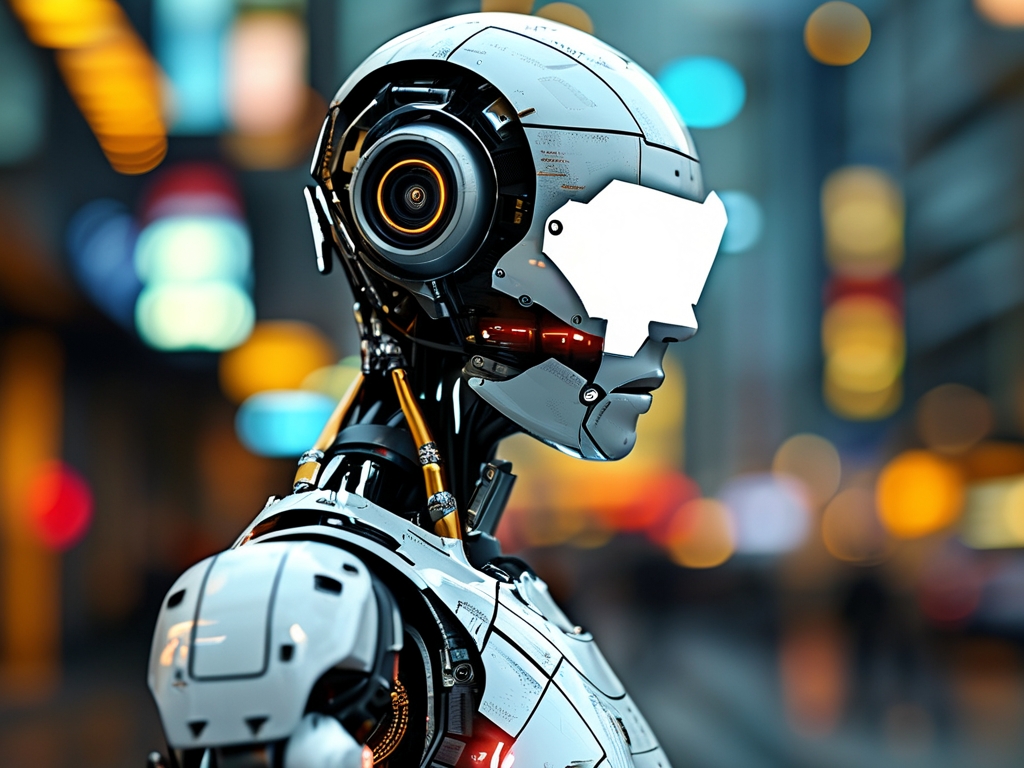
4. Human-Robot Interaction (HRI) and Social Intelligence
To coexist with humans, robots must understand social cues, emotions, and cultural norms. Natural language processing (NLP) enables basic communication, but nuanced interactions—sarcasm, tone, or context—require advanced AI models. Emotional intelligence, such as detecting frustration in a user’s voice, is still experimental. Furthermore, ethical concerns arise: Should robots mimic human emotions? How do we prevent misuse or over-reliance? Projects like SoftBank’s Pepper highlight progress in social robotics, but gaps in contextual understanding and trust-building persist.
5. Ethical and Safety Considerations
Safety is paramount when robots operate near humans. A falling humanoid could injure bystanders, while malfunctioning AI might misinterpret commands. Rigorous testing, fail-safes, and ethical guidelines are essential. The European Union’s AI Act and IEEE’s ethical standards for autonomous systems provide frameworks, but global consensus is lacking. Additionally, data privacy risks emerge as robots collect personal information during interactions.
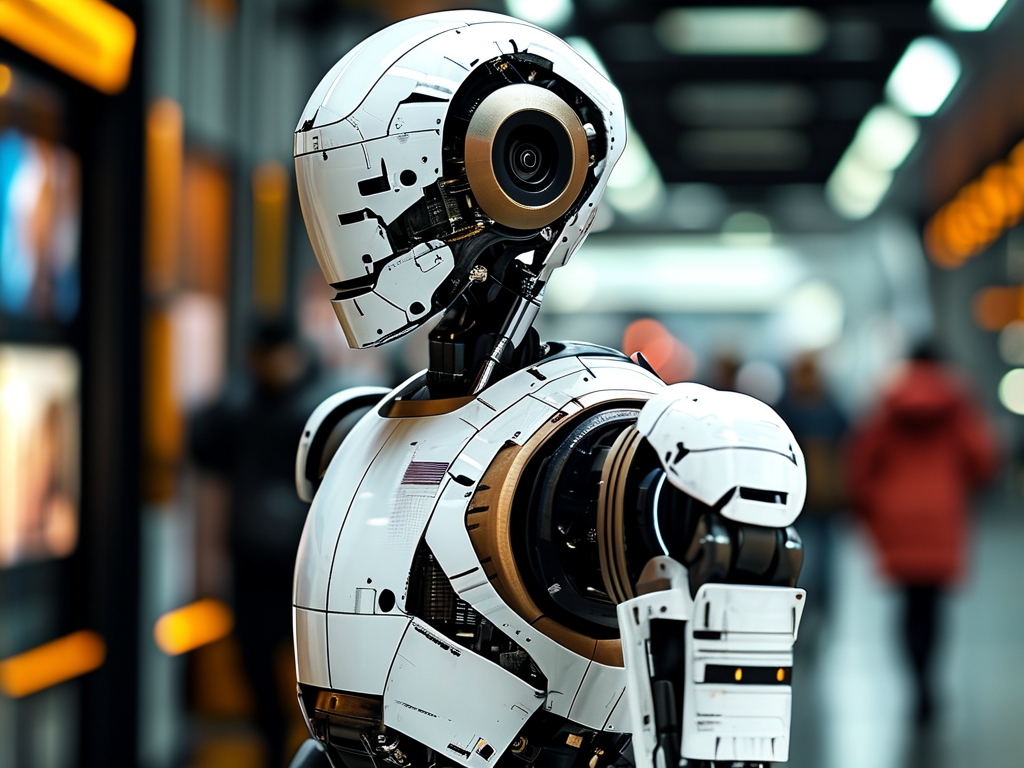
The journey to create fully functional humanoid robots is fraught with interdisciplinary challenges. Breakthroughs in materials science, AI, and energy systems will drive progress, but collaboration across academia, industry, and policymakers is equally vital. As these technologies advance, they promise to redefine human capabilities—but only if we address their technical and ethical complexities head-on.



